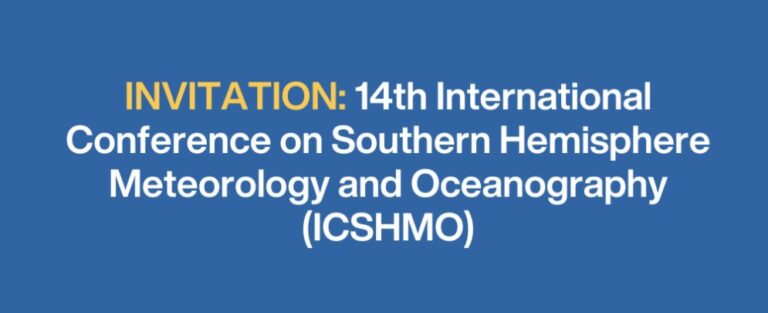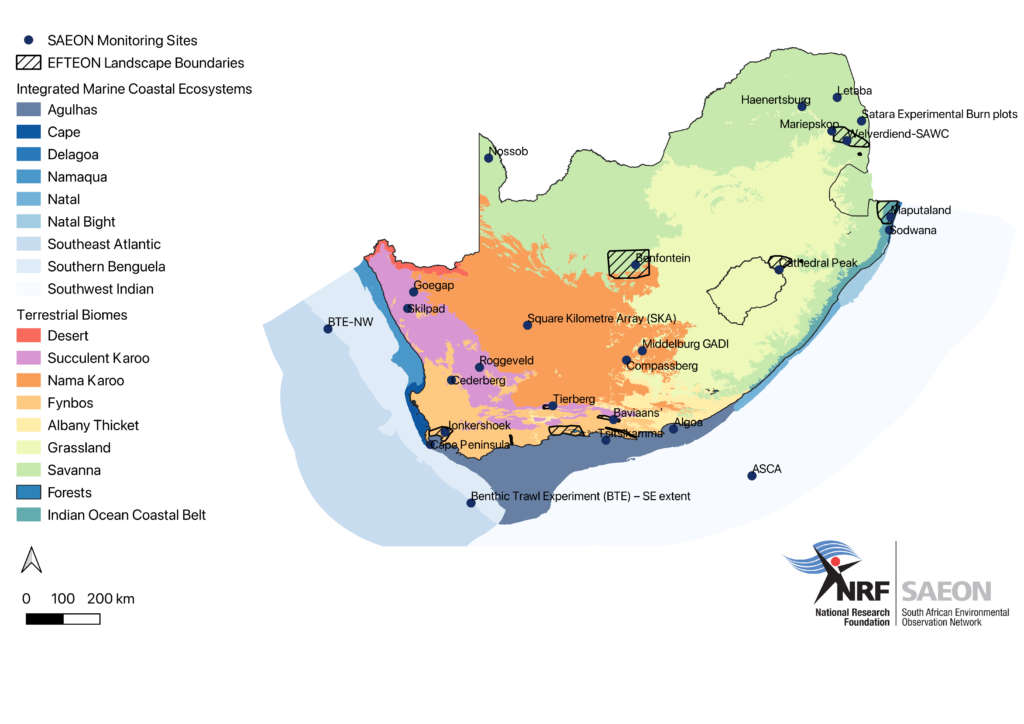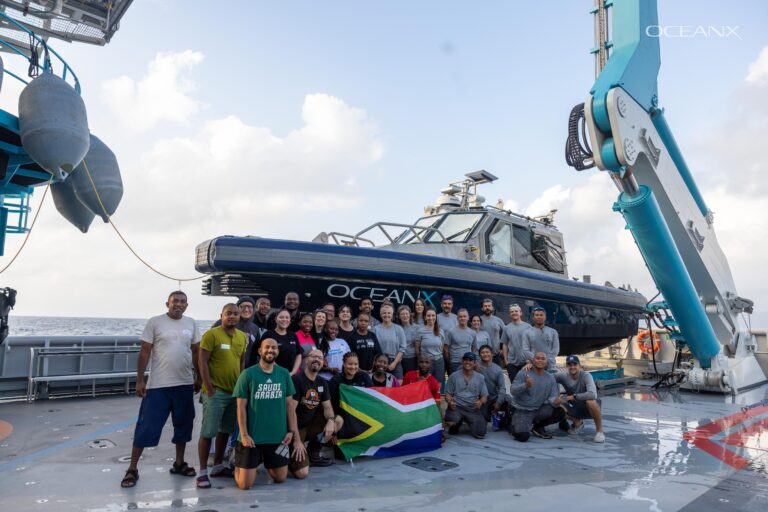
MEDIA INVITATION: 14th International Conference on Southern Hemisphere Meteorology and Oceanography (ICSHMO)
The National Research Foundation (NRF) invites members of the media to the 14th International Conference on Southern Hemisphere Meteorology & Oceanography (ICSHMO) from 31 March to 4 April 2025 @ the Cape Town International Convention Centre






